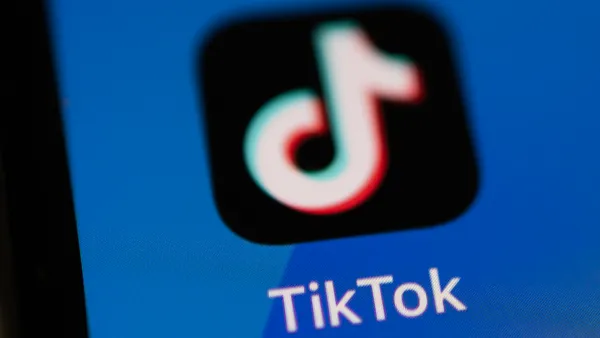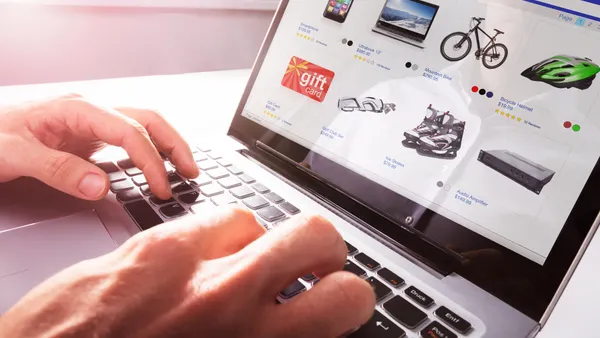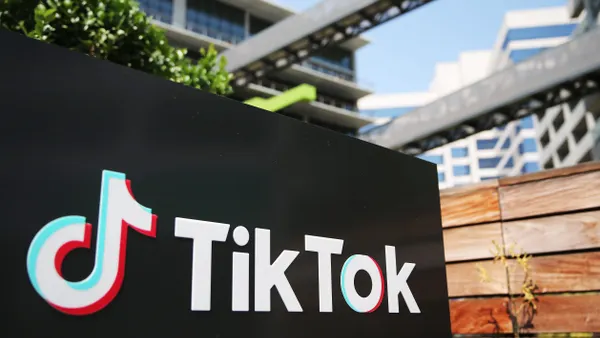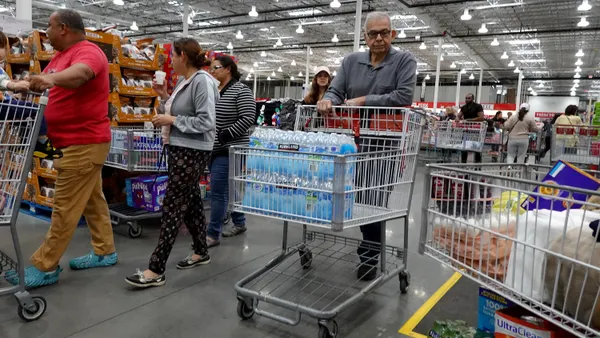Dive Brief:
-
Shopping list app Out of Milk recently released a Google Assistant voice skill that will work with Amazon Alexa and Google Home, according to a press release emailed to Retail Dive.
-
The new skill will allow users to "build and manage entire shopping lists just by speaking," although users will also be able to add products to their shopping list by either typing or scanning barcodes, according to the release.
-
According to Out of Milk, changes to a customer’s shopping list are automatically synced across devices — mobile, voice assistant and online — so users taking advantage of the voice assistant feature will see their changes to the list reflected no matter what device they use while walking the aisles.
Dive Insight:
Out of Milk’s recent announcement reflects the growing popularity of the voice assistant market, as retailers and tech companies jockey to become consumers’ go-to shopping device.
The app touts capabilities that allow shoppers to add and remove multiple items from their list, including the quantity of a given item, by using just a voice command. Other features allow customers to switch between different lists (e.g. a customer might have a Target list and a Wegmans list), check which list they’re editing and have the items on their lists read out loud.
Amazon’s Echo is the biggest player in the voice assistant field (data show it attracts 70% of the market), but Google Home has been making serious efforts to chip away at the e-commerce giant’s dominance. As Google partners with both Walmart and Home Depot to promote its voice assistant technology, the smart speaker market is heating up and the choices that retailers make now could affect where customers get their everyday essentials from in the future.
A large concern with Amazon’s Alexa — for retailers, at least — is that the device prioritizes Amazon products, making it difficult for grocers or other retailers to get their foot in a customer’s door after they’ve purchased the device.
"Retailers like Best Buy and Walmart sell products that have Alexa in it," Jason Goldberg, senior vice president at SapientRazorfish, told Retail Dive in July. "So you go to Best Buy and you buy an Alexa, but when you say ‘hey Alexa, buy me more printer ink,’ she’s buying it from Amazon, not Best Buy."
That explains why so many retailers have begun turning to Google Home instead, as the tech company is seen as a more neutral partner. Still, Alexa’s popularity cannot be underestimated — Amazon’s Alexa is expected to make $10 billion in revenue by 2020 and the company has invested serious efforts in expanding the number of skills Alexa has, not to mention Amazon’s recent partnerships with both Kohls and Sears to integrate its technology into stores and appliances.
Out of Milk’s voice assistant skill could help change the Amazon effect for customers who plan on making trips to the local grocery store or big box retailer, but for shoppers ordering directly through the speaker, it may not do much to alleviate the problem. The success of shopping apps is also under debate — their growth is huge (76% year-over-year), but they also rank in the most deleted across all apps.
Whether or not shopping apps are here to stay, retailers will have to focus on how they can get onto consumers’ shopping lists as the process for making a shopping list becomes increasingly automated.













